10 Extreme Frugal Living Tips: Will You Try These?

I always had an affinity for older people, and I could sit and listen for hours to their frugal tips, among other wise words.
The topics often would be how they had struggled as younger people or how they had had to make do and mend or stretch what they had.
These generations of people were careful with everything, and I want to share a few of their extreme frugal tips.
1. Hand washing and line drying
A typical comment and discussion were how difficult washing clothes, towels, and bedding was historically, compared to how it is now with the singing and dancing washing machines and dryers.
Hand washing clothes was very common, done in a large bowl or even in the bath with a bar of soap, rinsing in cold water, and wringing out by hand.
This would be outside or over the bath so all the water could drain off, or a lot of the water could drain off, and then the item would be hung up to dry outside or wherever the warmest part of the house was.
2. Fabric diapers
Diapers were usually white terry toweling cotton, and they would have to be soaked separately before they were hand washed because they would get stains on them.
An excellent way to dry diapers was on the washing line outside in summer because the sun would naturally bleach the stains of the diapers white again.
3. Homemade toys
I remember several conversations with the old gentleman about how they would use scraps of metal and wood to make their children's presents for Christmas and birthdays.
What was very popular was homemade go-carts, and they would very often use old baby buggy wheels, scraps of wood, cut plastic bowls, and even make a wooden seat or a seat out of an old fruit box and some rope to steer the front wheels.
If Dad or Granddad was very lucky, he might be able to get a honking horn from a scrap merchant!
Bikes would also be made from scraps of old bikes that we bought from the scrap man or had been made from an old bike that Dad or Granddad may have had.
4. Coal dust toothpaste
Brushing your teeth with coal dust wasn't unheard of. The coal dust would act as an abrasive to clean the teeth, and of course, the blackness of the coal would make teeth look whiter just by contrast.
You can now buy charcoal toothpaste over the counter again because it's a mild abrasive. It makes the teeth look whiter, but also, what works is that charcoal helps to absorb the smelly sulfur compounds of plaque around your teeth and things, so it ticks a lot of boxes.
5. Homemade perfume
Another toiletry made by people with very little was rose petals. In the garden, we used to make rose-scented cologne.
Very often, children would make the rose-scented perfume with the petals, but a few big fat rose leaves left in some water for a few days, just slightly crushed, and you get a beautiful smell in rose water.
It didn't last long, but it was a way to make cheap perfume.
6. Natural fabric dyes
Used tea and onion skins were also used for dying wool or cotton. If you've ever dyed anything with onion skin in water for a period of time, you get a beautiful, dark, rich dye that does stain. You can also use walnut shells.
7. Rag dolls
Rag dolls were very similar to homemade bikes in their construction, using what was available. They were put together out of rags, stuffed with all rags, and made visually pretty for the child receiving them.
They were often well-loved and cuddled because they were so soft and squishy and made entirely from bits of waste and scraps of fabric.
8. Homemade soup and stew stock
More for scrap ends to be used as the scrap end stock, which would include old veggie scraps, meat burns, onion skins, potato skins, and even carrot tops, and they'd all be boiled up in a pan, left to stew.
After they'd been simmering for a couple of hours, the stock would be removed from the vegetation, and the burned matter, and the stock would be used to make soups and stews.
As you can imagine, it was full of vitamins and minerals and quite tasty!
9. Urine for gardening
Another thing that never went to waste could be your waste; urine could be used for the garden. The nitrogen in urine is very good for some plants.
I remember one gentleman telling me about how they would, in his household, soak their feet in bowls of warm urine for ten minutes, and then the skin would peel off on the heel very easily.
When you look at the ingredients in normal foot creams, urea is very often a relatively high-up ingredient, and urea is in urine.
I think it's more like a synthetic one in foot creams now, but it is good at conditioning the skin.
10. Frugal food
If you had a mint plant in the garden, you would make a chopped-up fresh mint sauce for meat and maybe chew a mint leaf if you had indigestion to help with the symptoms.
Treats for children would be things like a piece of fruit. So if you had two children and one apple, the fruit would be chopped in half. You would never waste more than one piece of fruit. It had to go around, and it had to last.
Sweets would be once a week maximum. Bread and jam was considered a great treat. Fruitcakes, creams, and trifles were considered luxury items.
Frugal tips
These frugal tips were from a time when there were many hard days. There may be many more to come, but we will get through this the best we can by having a sense of community, sharing tips and wisdom, friendships, kind words, and good thoughts.
What are your favorite old-time frugal tips? Share in the comments below.

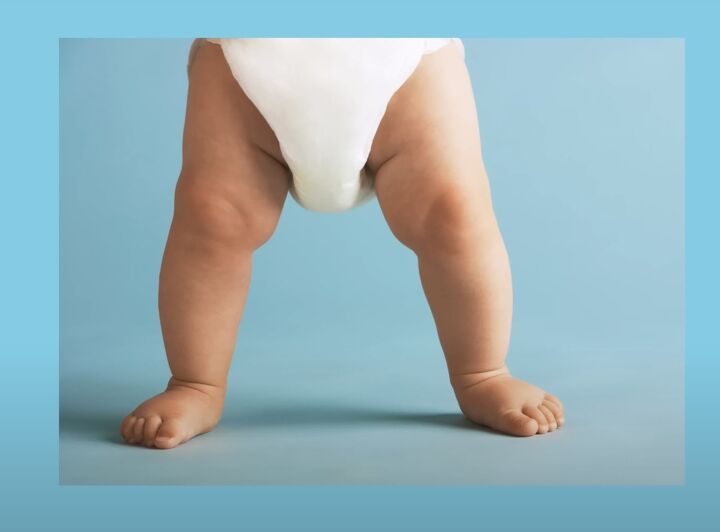







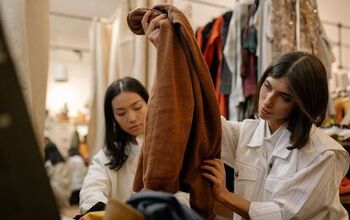
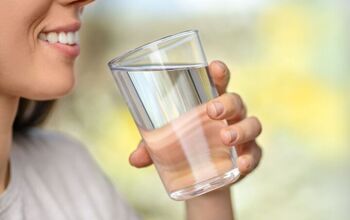

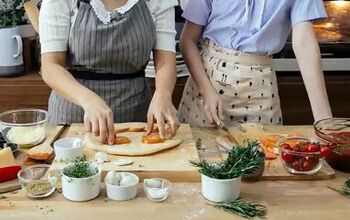



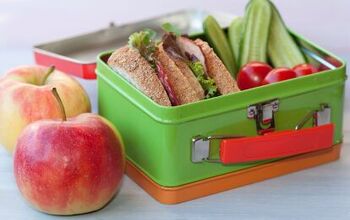
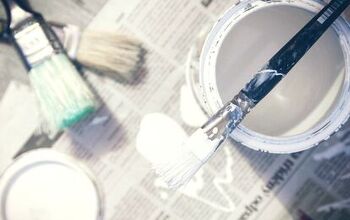
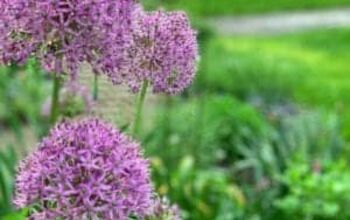
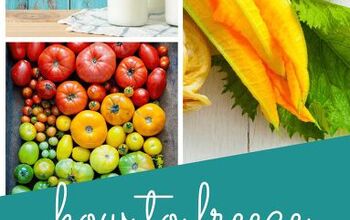


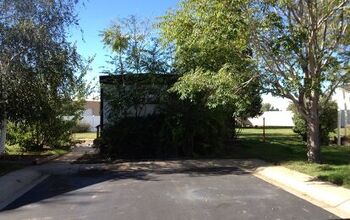
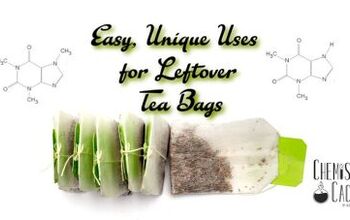

Comments
Join the conversation